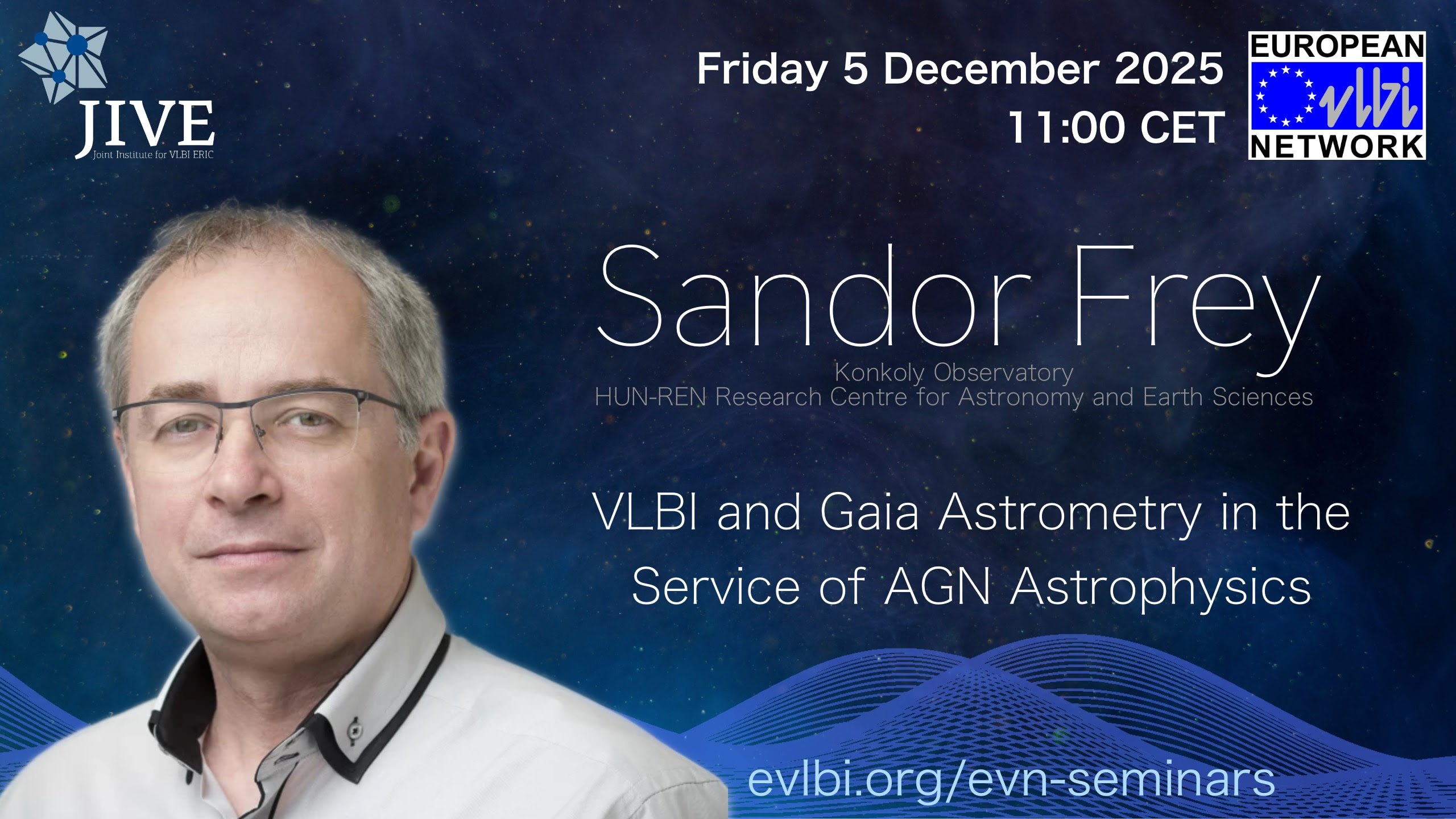
We are living in a golden age of astrometry when sub-milliarcsecond positional accuracies for a large number of extragalactic objects can be achieved in both the optical and radio wavebands. For many decades, very long baseline interferometry (VLBI) in the radio was the only method capable of providing such high-precision astrometric data for certain extragalactic objects, radio-loud active galactic nuclei (AGN). Recently, the European Space Agency's Gaia space mission has delivered massive amounts of accurate astrometric data for optically bright extragalactic sources. The synergy between these two techniques is unlocking new insights into AGN, allowing us to explore astrophysical phenomena such as jet physics, binary and dual supermassive black hole systems, and peculiar types of AGN. At the same time, it also contributes to improving the accuracy of celestial reference frames essential for most fields of astronomy, as well as spacecraft navigation and geodesy. In this talk, I will review some of the key results in this field, with an obvious bias towards studies I myself was involved in.
05/12/2025
Sandor Frey - Konkoly Observatory, HUN-REN Research Centre for Astronomy and Earth Sciences
The Zoom session will be opened at the starting time of the seminar (Meeting ID: 876 4980 9023)
The seminar will be streamed on YouTube and recorded for later viewing